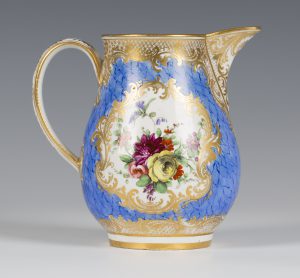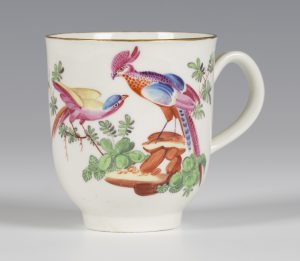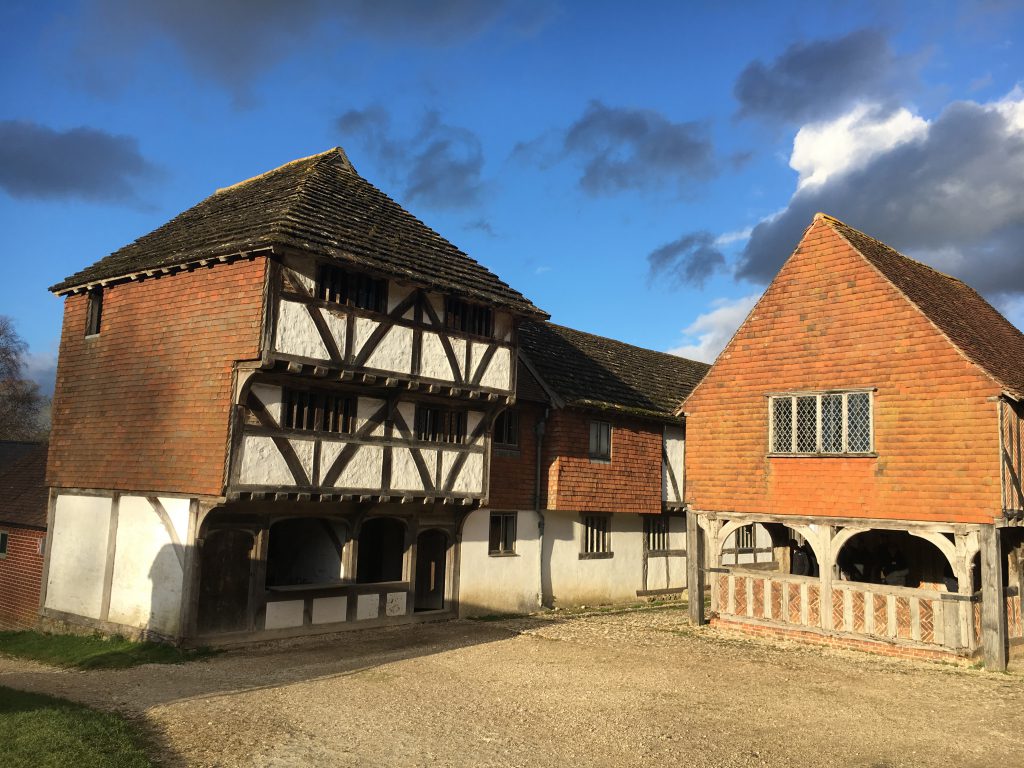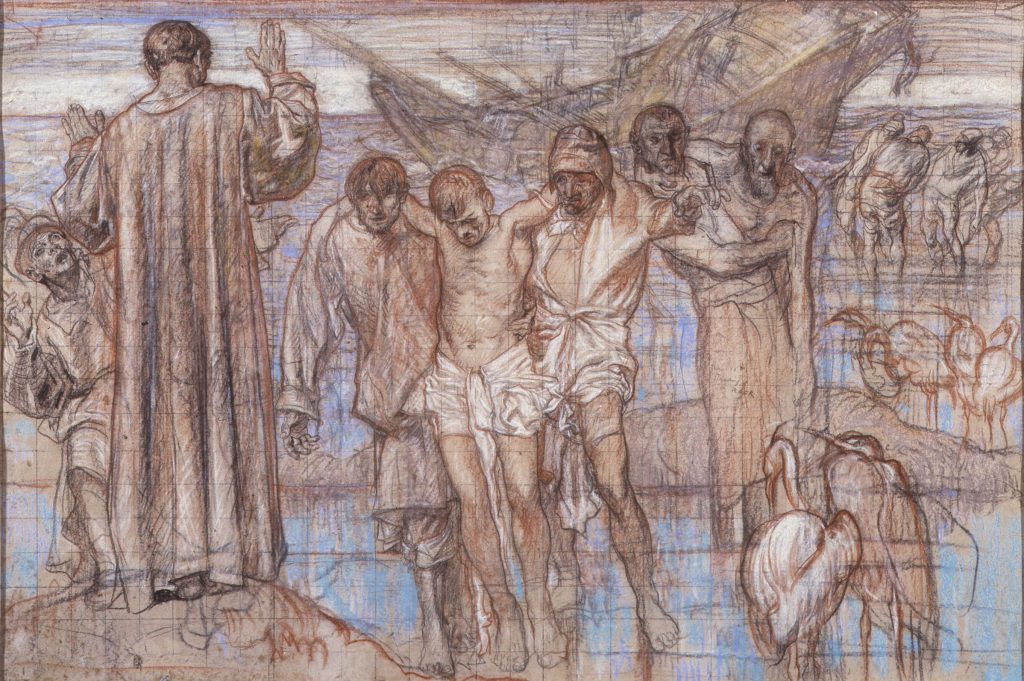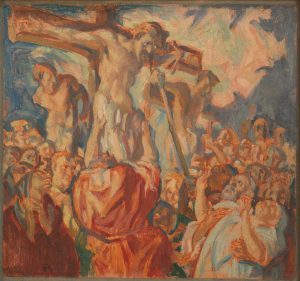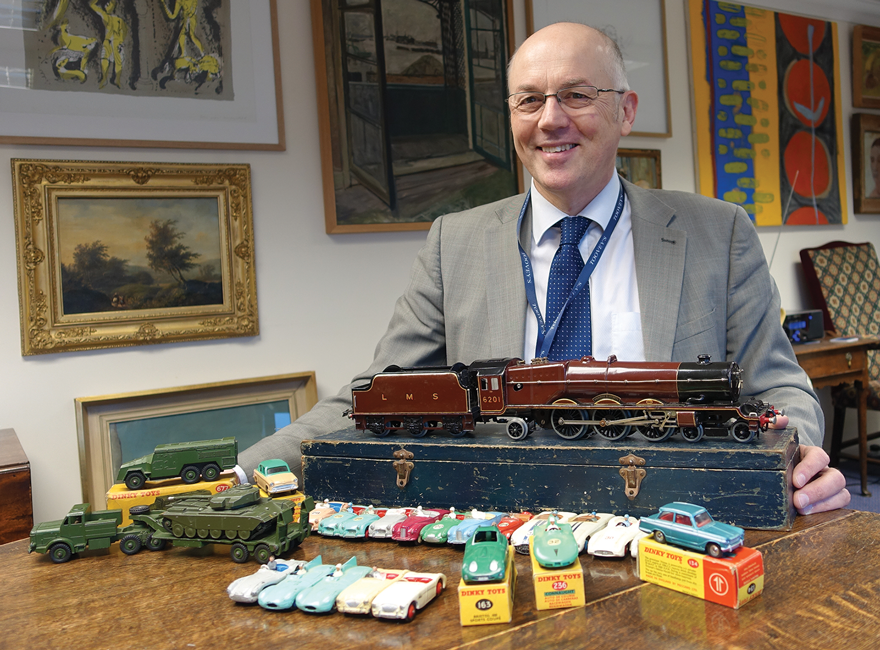
This week I am in the company of the Sussex based artisan artist, Mary Crabb, as she prepares to run a series of workshops in the art of Basketry at the Oxmarket Gallery, Chichester. These one and two day creative workshops run from Tuesday 26th to Sunday 31st March.
Mary’s own making has developed out of a grounding in traditional basketry techniques and hours of exploration and experimentation. Mary explains “I like to offer workshops to cater for a range of learning – for those interested in the destination, the completing of a made object, and those wishing to make a creative journey where the process is more important than a finished piece of work. Of course sometimes there is an overlap and I always like to be flexible. Workshops can often throw up unexpected ideas!”
Mary’s workshops are in demand across the UK. I ask her what draws people to them. She answers “People come for lots of different reasons, not necessarily just to learn a new skill or develop their practice. Those who join these workshops are engaging in open minded creative thinking which can be quite courageous.” There is a sense in which Mary is building communities through her work bringing people together and providing them with a shared narrative, a common story.
As a practical, practising basket maker Mary was honoured by The Worshipful Company of Basketmakers when she was elected as a Yeoman Member. Yeoman must spend the majority of their time basket making or teaching and are required to demonstrate a high standard of workmanship and skill in the Craft.
My eye is taken by a colourful coiled basket. Mary says “I’m running a day on coiled baskets. We start by looking at the structure of a coiled basket to identify the core and stitching material. Then I teach the techniques for hand stitching around the core to wrap and join threads and begin the basket. I explore a basic stitching technique and suggest how patterns can be added with colours and the placing of each stitch. When you make a small basket it’s important to learn how to place the core material to build a form, and how to finish the basket off. It’s a skills based day to try out a new technique or perhaps as a refresher. All students take a piece home at the end of the day.”
Mary’s enthusiasm is infectious. These exciting workshops will be held at the Oxmarket Gallery, St Andrews Court, off East Street, Chichester, West Sussex, PO19 1YH, from Tuesday 26th to Sunday 31st March 2019.
To find out more and to book your place visit www.marycrabb.co.uk then click on Events and Workshops. And you can follow Mary Crabb on social media @crabbbaskets
